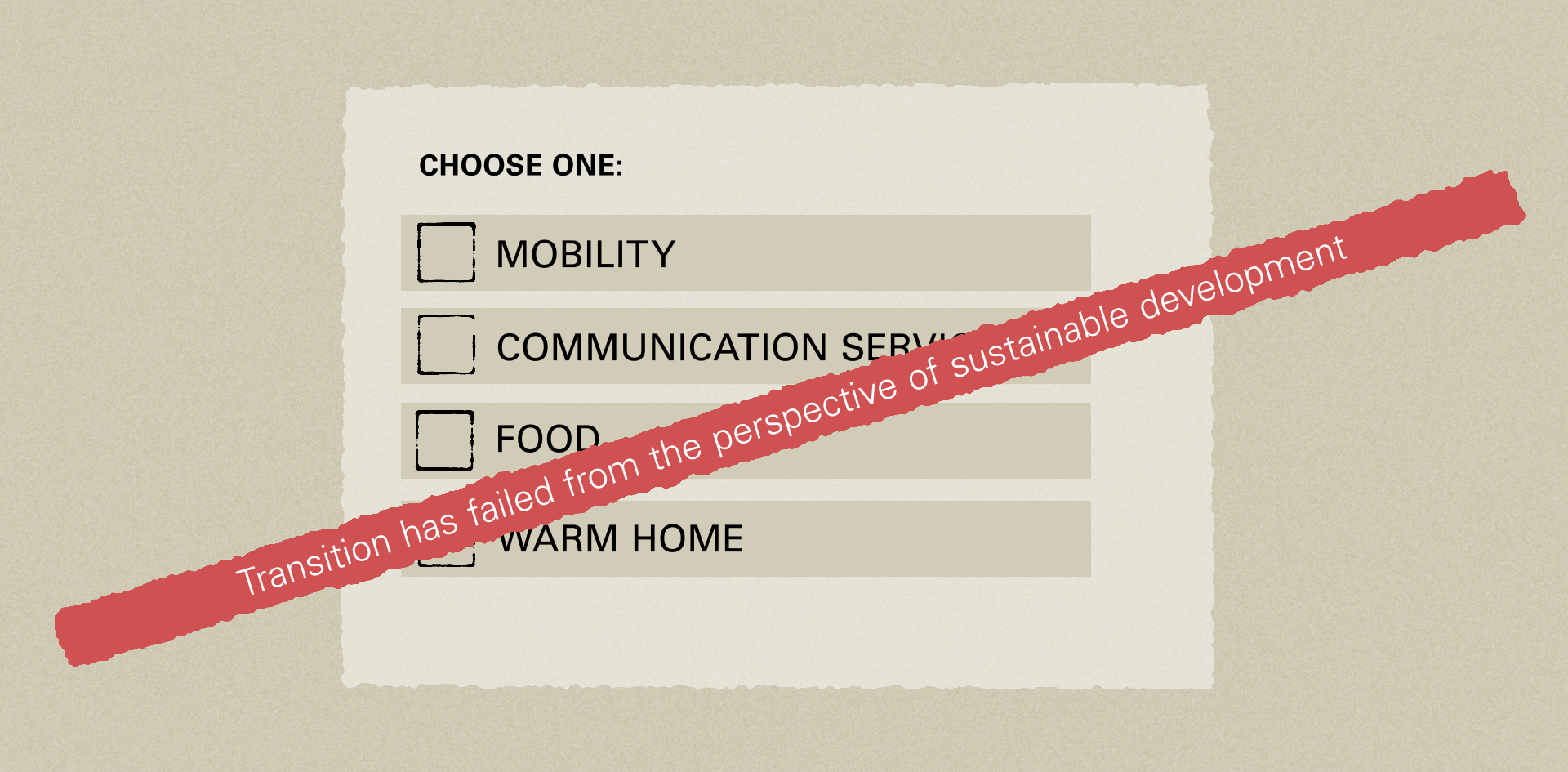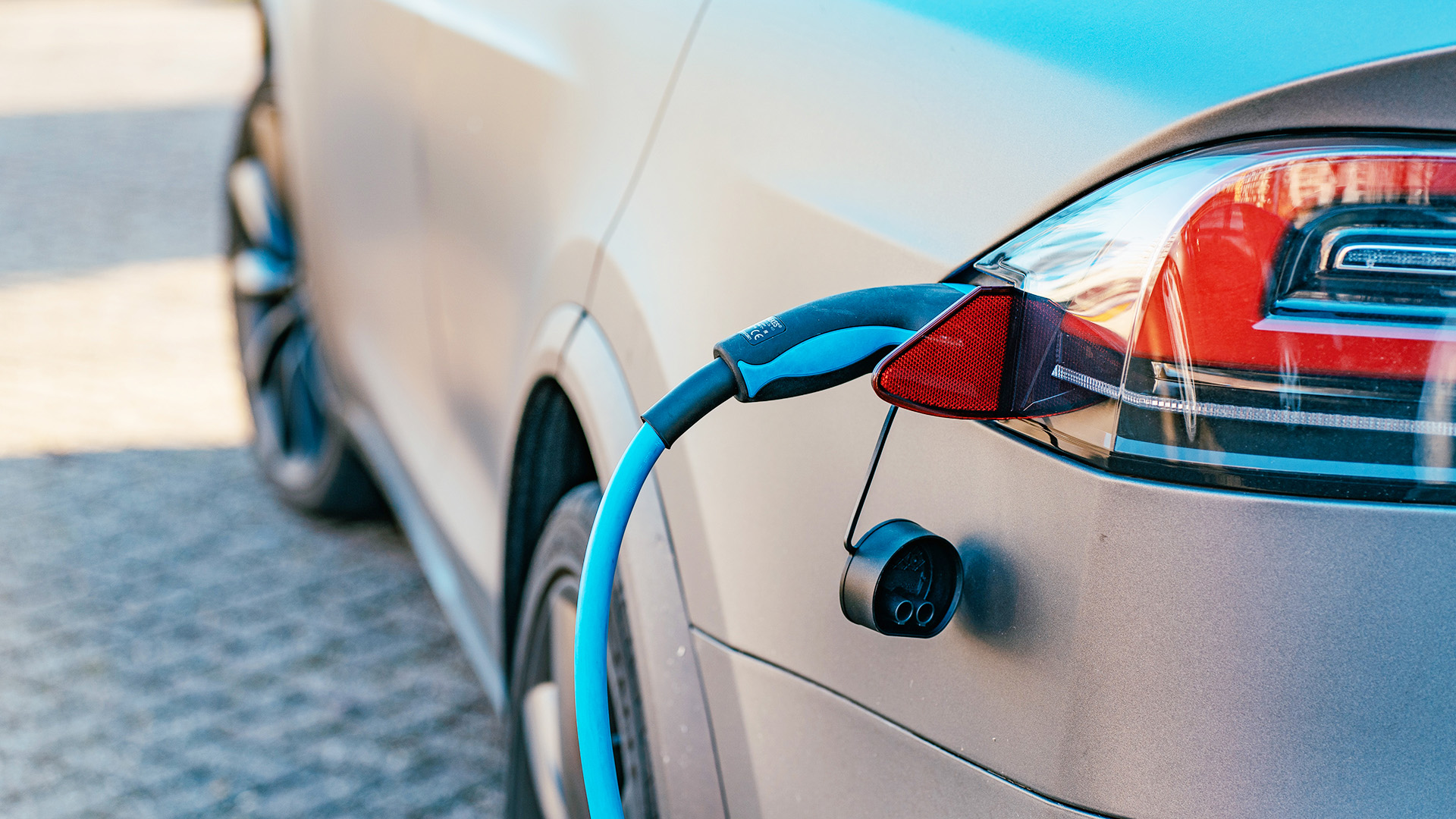SETTING THE SCENE
1.3
Energy transitions
Energy services are fundamental to human well-being. A transformation to a more sustainable energy system therefore has to maintain these services while reducing the negative impact of energy conversion.
Services that require energy are fundamental to human well-being. Without energy, most foods consumed today cannot be prepared, most communication devices do not work, there are no mobility services (apart from walking or using a bike), and most education and production facilities cannot work.
As we do not consume energy directly, but rather use services whose provision requires energy, we have used different energy sources and energy carriers throughout the centuries. Space heating has been provided by wood-fired stoves and furnaces for many centuries. These were replaced by coal-fired stoves, which (in many countries) were later replaced by oil- or natural gas-fired systems. Today, our aim is to move towards space heating provided by renewable energy, such as district heating based on green hydrogen or heat pumps powered by photovoltaics (PV) or wind.
These energy transitions have had different causes. An important consideration for the shift towards fossil fuels has been population density; it is hard to sustain densely populated areas by providing energy directly from biomass, such as wood, as biomass production requires a lot of land. The move from coal to oil and natural gas was initiated due to concerns about air quality. Today’s shift to renewables is often placed in the context of mitigating climate change.
Historically, energy transitions have usually taken 80 to 100 years (Sovacool, 2016). Due to the pressing need of mitigating climate change, the current transition has to be achieved in a much shorter time. Many countries aim to be “climate-neutral” by 2050; climate researchers warn that limiting climate change to 1.5K will require an even faster transition.
From a sustainability perspective, it is obvious that mitigating climate change is important. Severe climate change is expected to have drastic consequences for ecosystems, with substantial implications for ecosystem services and thus for the opportunities of future generations to live a satisfying life.
However, it is also obvious that a sustainable energy transition requires more than “just” mitigating climate change. Given that energy services are fundamental to human well-being, the affordability of energy is an important concern. If we mitigate climate change in a way that excludes people from important mobility or communication services or that makes them choose whether to have food or a warm home, the energy transition has failed from the perspective of sustainable development.
 If we mitigate climate change in a way that makes people have to choose either-or options, the energy transition has failed. © New Media Center
If we mitigate climate change in a way that makes people have to choose either-or options, the energy transition has failed. © New Media Center
Similarly, the energy transition does not contribute to sustainable development if it has severe consequences on land use (e.g. by destroying forests in favour of farming biomass for energy production). Or if the transition makes the production of goods and services that are important to human well-being so expensive that they become unaffordable for many people.
This implies that a sustainable energy transition is a rather complex and ambitious endeavour. We have to make sure that we reduce the use of fossil fuels sufficiently quickly to avoid serious consequences of climate change. Simultaneously, we have to ensure that important goods and services remain affordable for everyone and that we do not replace fossil fuels with energy sources that have strong negative impacts on ecosystems or human society.
To achieve this, it is essential to view an energy transition not only as replacing one set of technologies by another, but rather as a combined development of the technical system and societal change. If we want a sustainable energy transition, we have to use different technologies, but we also have to rethink how we organise the use of these technologies in society and the economy.
As an example: If we replace cars with internal combustion engines with electric vehicles, we can reduce greenhouse gas (GHG) emissions and improve air quality in urban centres. However, this requires a fully renewable supply of electricity, which requires substantial investments as well as substantial natural resources, such as land and rare materials (used, for example, in batteries).
 Electric car being charged. © Ernest Ojeh on Unsplash
Electric car being charged. © Ernest Ojeh on Unsplash
Furthermore, many renewables are fluctuating energy sources; building a renewable energy system that can provide sufficient electricity for current mobility levels even on a dark winter day with little wind requires huge investments. Such investments could easily render electricity so expensive that parts of the population would be excluded from using mobility services.
A more sustainable approach could be to organise mobility differently, for example, by relying on shared rides or public transport, which would require less energy and therefore less investment and less land for harnessing renewables. However, a different way of providing mobility services might alter demand for these services, which has to be taken into account (for example, autonomous driving could expand mobility demand substantially).
This example highlights two important aspects of energy transitions:
- We have to take into account the supply side (energy technologies and the societal organisation of supply) and the demand side (energy use including individual behaviour and the societal organisation of energy-intensive services, such as mobility).
- Assessing the sustainability of an energy transition means more than just measuring GHG emissions; we have to take into account the many impacts on ecosystems as well as important societal and economic aspects, such as the affordability of energy.
Author: Frank Krysiak
References
Sovacool, B. K. (2016). How long will it take? Conceptualizing the temporal dynamics of energy transitions. Energy Research & Social Sciences 13, 202-215.
